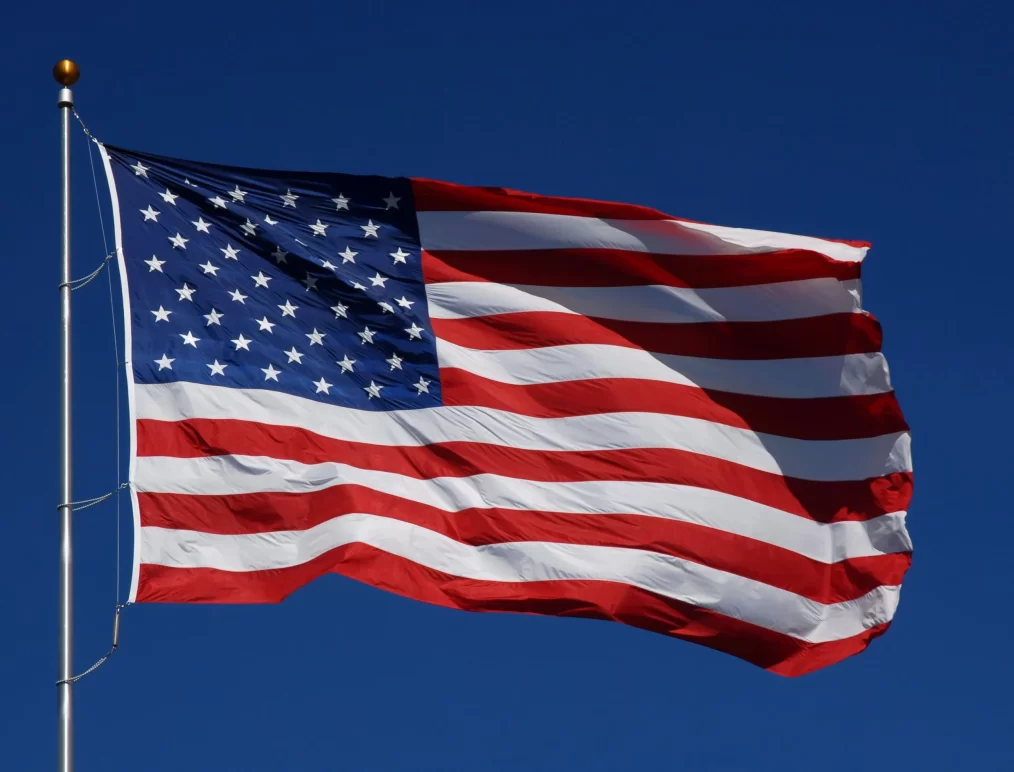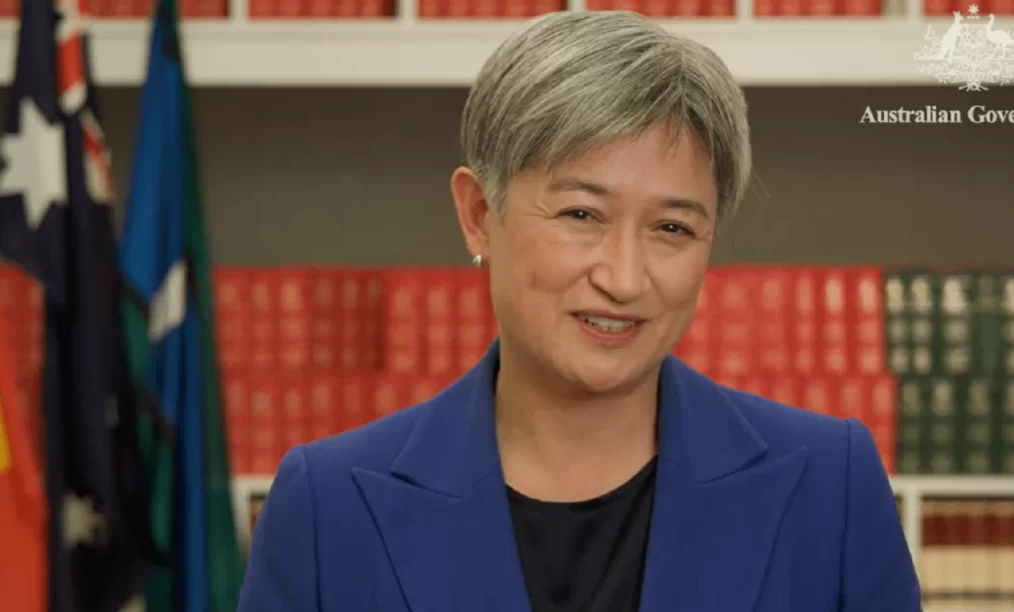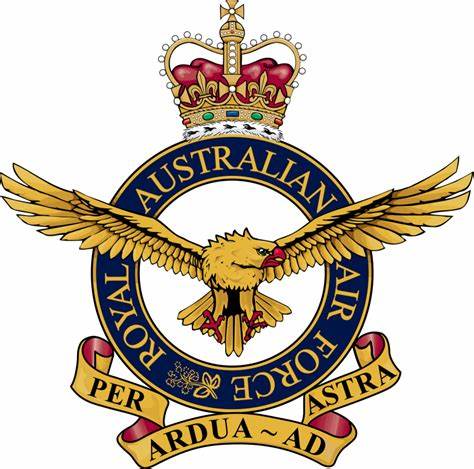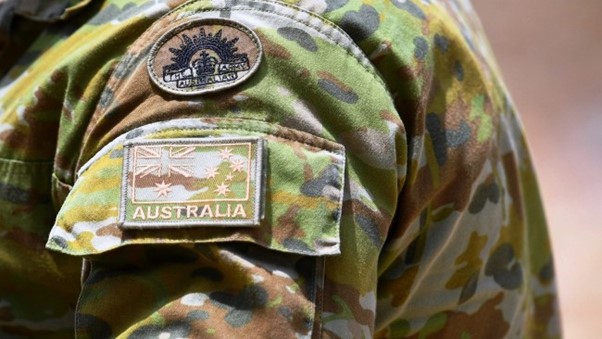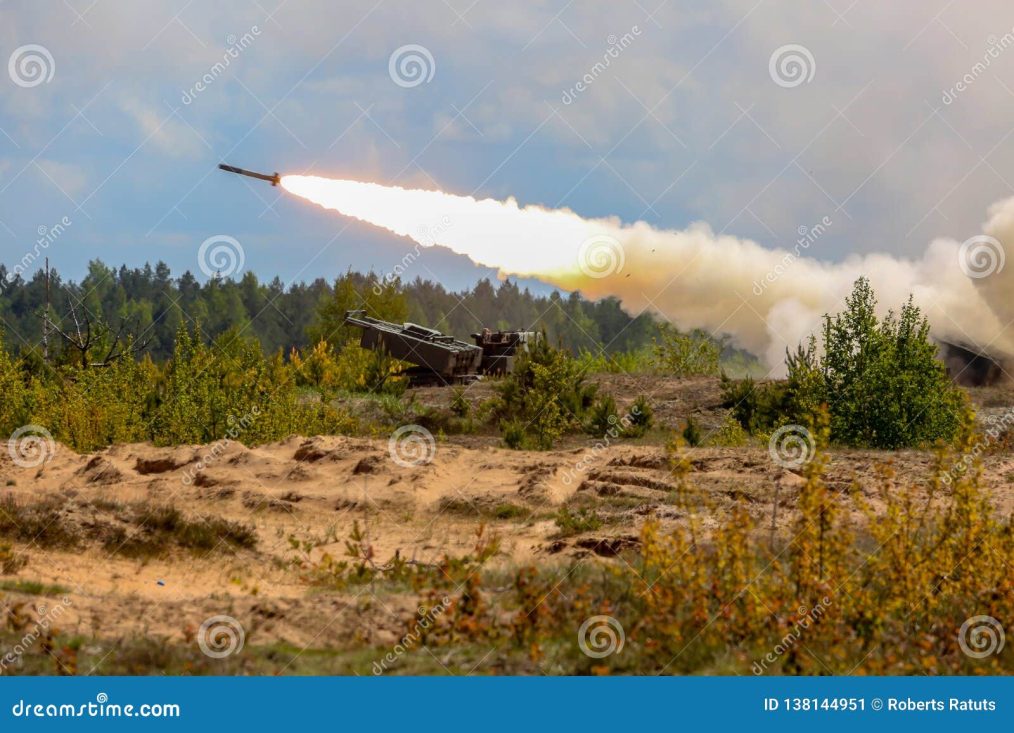ED: From my inbox, Thanks Ralph Schwer
CSIRO patiently and methodically slaps down Peter Dutton’s nuclear nonsense
CSIRO patiently and methodically slaps down Peter Dutton’s nuclear nonsense
ED: Also from my inbox, Alan Medcalfe
MONEY HAS A WAY OF GETTING RESULTS
Bowen claims he did not put pressure on the CSIRO Gencost report … could funding gain a result?
In the 2024–25 federal budget, the Commonwealth Scientific and Industrial Research Organisation (CSIRO) was allocated $916.5 million in funding. This allocation underscores the Australian Government’s commitment to bolstering scientific research and innovation.
Beyond this direct funding, the government has introduced several initiatives that align with CSIRO’s mission:
- National AI Centre Enhancement: The government has earmarked $39.9 million to support the adoption of safe and responsible artificial intelligence. This funding is directed towards revamping CSIRO’s National AI Centre, aiming to position Australia as a leader in AI innovation.
- Future Made in Australia Innovation Fund: A $1.7 billion fund has been established to support innovation, commercialization, pilot programs, and early-stage development in priority sectors. Administered by the Australian Renewable Energy Agency (ARENA), this fund targets renewable hydrogen, green metals, low-carbon liquid fuels, and clean energy technology manufacturing, including batteries.
- Hydrogen Industry Development: The government has allocated $17.1 million over four years to deliver the 2024 National Hydrogen Strategy. This initiative focuses on building the enabling environment for industry growth, encompassing hydrogen infrastructure planning, social license, industry safety training, and regulation.
These initiatives complement CSIRO’s funding, providing additional resources and opportunities for the organization to advance its research and development efforts in critical areas of national interest.
The US Air Force, on October 17, launched one of the deadliest assets in its arsenal against Houthis in the Red Sea. The reason behind this attack is believed to be in retaliation to a former attack on an American Oil tanker in the Red Sea by Houthi rebels. Does this mean America has finally directly stepped into the Middle Eastern conflict? Or is this the start of something far larger and potentially apocalyptic? Let us answer this in a bit more detail.
Global News
The fall of Bashar al-Assad has sparked a heated debate in Europe about the future of Syrian refugees. With nearly a million Syrians in Germany alone, the question of whether they should return home is now front and centre. On the streets of Berlin, Syrians celebrated the end of Assad’s rule with joy and hope, marking a significant moment in their long fight for freedom and dignity. Thousands gathered in jubilant protests after Assad boarded a plane to Russia on Sunday, a symbolic end to his decades-long reign of terror.
The political reaction in Berlin was swift. German Interior Minister Nancy Faeser expressed optimism about refugees returning to rebuild their homeland, describing it as an opportunity to restore Syria’s social and economic fabric. Following this sentiment, several European countries, including Britain, Germany, Greece, Italy, and Sweden, suspended asylum proceedings for Syrians, signalling a shift in policy. Austria took an even firmer stance, announcing preparations to deport Syrians whose asylum claims fail. These developments highlight a growing consensus among European leaders that the end of Assad’s rule marks a potential turning point for Syria’s recovery.
Yet, the prospect of returning home evokes mixed feelings among Syrians in Europe. Anas Aboura, a Syrian curator based in Hamburg, emphasized the importance of allowing individuals to decide when and how they return. “Rebuilding Syria is our dream, but the journey back must be on our terms,” he said. Many Syrians have successfully integrated into European societies, building new lives and contributing to their host communities. For them, a sudden push for repatriation feels premature and disruptive, especially as uncertainties linger about Syria’s stability and governance in the post-Assad era.
The legal and social implications of repatriating Syrians are complex. European courts are likely to scrutinize deportation efforts, ensuring returns only occur under safe conditions. Moreover, the influx of Syrian refugees in 2015 played a significant role in fuelling the rise of far-right parties in Germany and other countries, making migration policies a contentious issue. With Germany’s upcoming elections, the debate over Syrian refugees has intensified, reflecting broader concerns about integration and national identity.
Amidst this European turmoil, Australia stands at a crossroads regarding its role in supporting the return of Syrian refugees. Over the years, Australia has provided sanctuary to thousands of Syrians fleeing the war, with communities across the country offering them a fresh start. As Syria embarks on a new chapter, Australia’s contribution could extend beyond resettlement. By fostering partnerships with international organizations and the Syrian diaspora, Australia can play a pivotal role in rebuilding Syria’s infrastructure, supporting democratic governance, and ensuring the safe return of its people.
The path forward is far from straightforward. Repatriation efforts must be guided by international law and humanitarian principles, ensuring that no one is forced to return to unsafe or uncertain conditions. For Syrians in Europe and Australia, the decision to go back must remain deeply personal, informed by trust in their homeland’s readiness to welcome them. Meanwhile, Australia’s involvement in this global effort underscores its commitment to shared humanity and the belief that rebuilding Syria is not just a Syrian challenge but a collective responsibility.
ABC News
Foreign Minister Penny Wong’s recent decision to align with Russia and China in key United Nations votes has sparked outrage across Australia. Her actions not only strain relations with the Jewish community but also undermine the longstanding alliance with Israel—a trusted democratic partner in a volatile region.
This shift in Australia’s foreign policy began with the Albanese government’s controversial reversal on recognizing West Jerusalem as Israel’s capital, a decision revealed through a website update without prior consultation. Since then, Wong has increasingly isolated pro-Israel voices, adopting stances that many see as hostile toward Jewish concerns.
Jewish leaders have voiced disappointment at the government’s lack of engagement. Alex Ryvchin, co-CEO of the Executive Council of Australian Jewry, criticized the “unsatisfactory” manner in which the community is informed of decisions, while Colin Rubenstein of AIJAC highlighted a dramatic decline in dialogue with Wong’s office since October 2023.
Wong’s rhetoric, equating democratic Israel to authoritarian regimes like Russia and China in a recent speech, further exacerbated tensions. This statement came mere days after an anti-Semitic arson attack at the Adass Israel synagogue in Melbourne, which has fueled a wave of anti-Jewish sentiment in Australia. Despite mounting pressure, Wong refused to visit the October 7 massacre site during her trip to Israel, deepening perceptions of bias.
The deterioration in Australia-Israel relations has real-world consequences. Opposition Leader Peter Dutton has called on Prime Minister Albanese to “rein in” Wong, arguing that her foreign policy decisions threaten national interests and alienate allies. Pro-Israel advocates and community leaders demand stronger leadership to address rising anti-Semitism and restore trust with one of Australia’s closest international partners.
The time has come for decisive action. Anthony Albanese must prioritize national unity and international diplomacy by removing Wong as foreign minister. Her policies are not only un-Australian but also risk isolating the nation from its democratic allies.
ED: From my inbox thanks Mitchell
As 2024 comes to a close, Chief of Air Force Air Marshal Stephen Chappell and Warrant Officer of the Air Force Ralph Clifton reflect on the year’s challenges, achievements, and the enduring strength of our people.
ABC News
Three serving Australian soldiers have been arrested over their alleged involvement in a drug trafficking syndicate.
An investigation by Queensland Police Service’s (QPS) organised crime squad led to the arrests of three men, all aged 23 and living in Townsville.
As part of the investigation, officers intercepted mail and seized cash.
QPS alleges the money was intended to buy drugs that would then be resold for profit, but said no substances were found during the arrests.
One man is facing 22 charges, including 14 counts of supplying dangerous drugs, one of trafficking dangerous drugs, and charges related to stealing and receiving tainted property.
The other two men were each charged with seven offences related to supplying and trafficking dangerous drugs.
The ABC understands all three were serving in an infantry unit at Townsville’s 3rd Brigade, with the trio expected to now face disciplinary action and discharge.
All three have been released on bail to return to court early next year.
The Australian Defence Force (ADF) said it was cooperating with police and took incidents of this nature seriously.
ED: If you’re looking for a meaningful and inspiring book, I wholeheartedly recommend “Stay Loose” by Adrian Hodges. Having known Adrian since his early days as a young private soldier in Charlie Company, 1RAR, I can personally attest to his remarkable character and dedication. Even at the start of his career, Adrian was highly respected by his peers and superiors alike.
Over the years, I’ve followed Adrian’s journey as he progressed through the ranks, achieving great success and earning widespread admiration. His story is one of resilience, leadership, and authenticity—qualities that shine through in his writing. On a personal note, I fondly remember the time when Adrian met and married Jo, the love of his life, which marked a truly special chapter in his journey.
The title “Stay Loose” carries a profound significance for those of us who served in Charlie Company, 1RAR. It’s more than just a phrase; it’s a mantra that embodies the spirit of adaptability and perseverance we lived by.
Whether you’re a military history enthusiast, a lover of inspiring stories, or simply looking for an exceptional read, “Stay Loose” is a book that will resonate deeply. If someone asks you what you want for Christmas, tell them a copy of “Stay Loose” is at the top of your list. You won’t be disappointed.
Ray Payne OAM
“Your past doesn’t define you—it teaches you. Every experience is a lesson, not a life sentence.”
In Stay Loose, Adrian Hodges delivers a candid reflection on three decades of service in the Australian Army, from navigating the dangers of war to the challenges beyond the battlefield.
Adrian chronicles both the highs and lows. From his battalion’s deployment to Somalia’s famine-stricken chaos—Australia’s first major overseas operation since the Vietnam War—to participating in the nation’s first lethal firefight in decades, he offers harrowing frontline insights. His memoir covers a military exchange in Malaysia, as well as service in Afghanistan and Iraq, providing an intimate view of the physical and psychological tolls faced by soldiers.
But this memoir isn’t just about combat. Adrian reflects on his struggles after leaving the Army, battling uncertainty and searching for direction. His post-military career led him to work as a court recorder on several high-profile legal cases, including the investigation into the Black Hawk helicopter crash that claimed 18 military lives. He also recounts backpacking through North Africa and the Middle East, contrasting his military service with personal discovery.
Eventually re-enlisting, Adrian’s return to operations and military exchanges weaves themes of brotherhood, resilience, and the strength found in family. Now a private military contractor in the UAE, he explores how his past shaped his future.
Stay Loose is a deeply personal journey of finding humour and catharsis in extraordinary circumstances, proving that past experiences offer lessons, not life sentences.
About the Author – Adrian Hodges
Adrian Hodges was born in 1970 and has been involved in the defence industry for more than thirty-five years. His first military mission was to war-ravaged Somalia, on the Horn of Africa, with his last to Iraq. An Australian by birth, Adrian is now based in the Middle East, where he works as a military contractor for the Presidential Guard, an elite military unit of the United Arab Emirates Armed Forces.
LIST PRICE: AU$ 34.99 / NZ$ 39.99
PRICE MAY VARY BY RETAILER
- Publisher : Big Sky Publishing (2 April 2025)
- Language : English
- Paperback : 312 pages
- ISBN-10 : 1923300180
- ISBN-13 : 978-1923300187
Available from: Amazon.com.au – booktopia – Dymocks – Mightyape – The Nile – QBD books
The Washington Post
WASHINGTON: The United States and its allies must overhaul their air forces to counter China’s vast missile capabilities, which could disable air bases across the Indo-Pacific for up to 12 days in the event of war, according to a new report from the Stimson Centre.
“By denying the United States the use of runways and taxiways in the region, the People’s Liberation Army (PLA) could gain air superiority without ever engaging America’s advanced fighters and bombers,” the report states. Released today, it highlights the growing risk that Beijing may believe it could neutralize U.S. airpower long enough to achieve a swift and decisive victory.
The report focuses on U.S. vulnerability to missile attacks on airfields in Japan, Guam, the Northern Mariana Islands, the Marshall Islands, the Federated States of Micronesia, and Palau. The analysis includes simulations of missile defence systems, rapid runway repair efforts, and the strategic dispersion of aircraft, concluding that none of these measures alone can adequately counter the Chinese threat.
Key findings suggest that initial PLA strikes could cripple air bases for 12 days, particularly those in Japan. Even more concerning, the loss of runways critical for airborne tankers could disrupt operations for over a month, leaving U.S. short-range fighters unable to reach key areas like Taiwan or the South China Sea.
The report emphasizes that these challenges place a significant burden on the U.S. Air Force to develop solutions. “The Air Force risks operating far less effectively, if at all, during the critical opening days of a conflict, when it would need to establish air dominance or strike Chinese targets,” the authors warn. Chinese planners might exploit this vulnerability, believing they have a month-long window to execute military objectives.
The solution, according to the authors, does not lie in acquiring more traditional systems like missile defences, fighters, or bombers. Instead, they recommend investing heavily in long-range drones and missiles to contest Chinese air superiority and blunt attacks early in a conflict, even without full support from traditional airpower.
The report underscores the insufficiency of current missile defence systems. In a recent real-world scenario, two U.S. Navy ships used a year’s production of SM-3 interceptors in a single day to defend against Iranian missiles. Similarly, the U.S. inventory of Patriot and THAAD interceptors could be exhausted within 24 hours of conflict, leaving air bases vulnerable.
Allies and partners must also share the burden, the report advises. Rather than investing in high-profile weapons like Japan’s upgraded F-16s or its co-developed sixth-generation fighter jet, allies should prioritize expanding drone warfare capabilities and training.
The authors conclude with a sobering reminder: U.S. air bases in the Indo-Pacific will have no safe haven from China’s missile reach. Policymakers must confront whether the costs in lives and resources align with U.S. national interests in such a conflict.
The skies over central and northern New Jersey have become a nightly enigma. Since mid-November, clusters of large drones have been spotted, their synchronized movements and unknown purpose stirring unease among residents. The sightings, often near military installations, have ranged from a handful to nearly 200 drones in a single night, fuelling speculation about their origins.
State and federal officials have scrambled to address public concerns. A closed-door meeting at the New Jersey State Police headquarters included representatives from the Department of Homeland Security (DHS), who assured attendees there was no evidence of credible threats. Yet, their assurances have done little to quell the anxiety.
Montvale Mayor Mike Ghassali expressed discontent, stating that the federal response has done more to amplify fears than alleviate them. “We know nothing,” Assemblywoman Dawn Fantasia echoed in frustration, while State Senator Holly Schepisi criticized DHS’s handling of the situation as “abysmal.” Senator Jon Bramnick even called for a limited state of emergency, reflecting the deepening sense of urgency.
The Pentagon has firmly denied rumours of foreign involvement, including the wild theory of an Iranian “mothership.” Deputy Pentagon Press Secretary Sabrina Singh dismissed the claims as baseless, asserting, “There is no Iranian ship off the coast of the United States.” Despite this, the lack of transparency has only fuelled conspiracy theories and public distrust.
Investigative agencies like the FBI and FAA have joined the effort to identify the drones and their operators. Flight restrictions have been imposed in affected areas, yet the drones continue to evade detection. Representative Jeff Van Drew criticized the FAA’s inability to track the unmanned aircraft, calling it a failure of oversight.
Meanwhile, calls for clarity grow louder. Senator Cory Booker has demanded greater transparency, and Representative Josh Gottheimer reminded officials of their duty to keep the public informed. “People have a right to know what’s going on,” he said.
As investigations drag on with no concrete answers, New Jerseyans are left staring at the night sky, wondering who—or what—is behind the mysterious drones. Whether it’s a covert operation, an elaborate prank, or something more sinister, one thing is certain: the mystery is far from resolved.

